Professor KITAGAWA Keisuke delivers Instant Houses for indoor use to the area affected by the Noto Peninsula Earthquake
Category:News|Publishing : March 22, 2024
Professor KITAGAWA Keisuke(Department of Engineering (Architecture, Civil Engineering and Industrial Management Engineering) and a member of the Advanced Disaster Prevention Engineering Center) visited the disaster-hit area in the immediate aftermath of the Noto Peninsula Earthquake and, in collaboration with Wajima City, delivered 10 Instant Houses for indoor use, researched and developed by him at Nagoya Institute of Technology, to Wajima Junior High School, now being used as an evacuation center.
Professor KITAGAWA provided Instant Houses for areas affected by the Turkey-Syria and Morocco earthquakes in 2023 and is committed to research and development while putting himself in the shoes of disaster-affected people for disaster recovery and post-disaster reconstruction in Japan.
We pray for the areas to return to normal as soon as possible.
【Instant House for indoor use】
About a week has passed since the earthquake, and food, beverages and medical supplies are beginning to be delivered to evacuation centers and other spaces. However, during that week, there are often electricity outages and water outages, and cold weather clothing and bedding don't arrive. Each family only brought limited bedding and cold weather clothing from home, quite a few of them were forced to endure a freezing cold, refrigerator-like evacuation center. For evacuation centers where evacuees are constantly exposed to cold wind and rain because of broken windows and walls, Professor KITAGAWA Keisuke has researched and developed the Instant House for indoor use. Unlike the previously used cardboard booth, which is basically intended as a typical partition, the Instant House has the following many features, including having a ceiling and being designed to be able to assemble in 15 minutes.
・ Easy to assemble in no time even by elementary school students
・ Extremely flexible plane shape according to the needs of disaster-affected people
・ Houses are connectable with each other.
・ Has a ceiling, enabling you to adjust internal temperature
・ Has a door and windows, enabling you to adjust the lighting environment
・ Extremely high sound insulation when tightly closed
・ Easy to use in daily lives as well as in unusual situations
・ Extremely easy production in factory in an extremely short period of time (= extremely inexpensive)
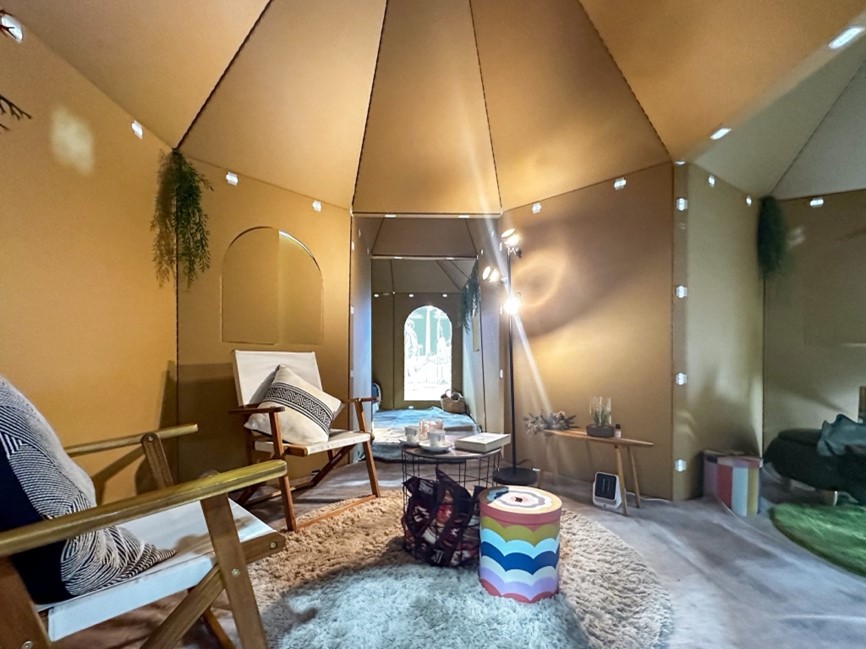

【Comment from Professor KITAGAWA Keisuke】
A big earthquake and huge tsunami struck the Noto Peninsula on New Year's Day, when many relatives gather and celebrate.
We put materials we had stocked in my laboratory after Chubu Lifeguard TEC 2023, held in Nagoya City last month and where I was invited to exhibit the Instant House, in a rental car and visited the Noto Peninsula immediately. After asking local government employees of Wajima City, devoting themselves day and night at evacuation centers that had begun to open at multiple locations, about the current situation, we started with what we could do.
When we arrived at the site, food, beverages, and medicines were already slowly being delivered. However, each family only brought limited bedding and cold weather clothing from their completely or partly destroyed houses, leaving them to endure a freezing cold, fridge-like environment during the three-day power and water outages. Since additional bedding and cold weather clothing had not been delivered yet, upon consultation with local government employees of Wajima City, we delivered Instant Houses for indoor use to mainly evacuation centers where evacuees are constantly exposed to cold outside air due to broken windows and walls.
When we brought cardboard for Instant Houses for indoor use into a gymnasium in the early afternoon, kindergarteners and younger elementary school children ran up to us and assembled the Instant Houses with us, saying: "We have a home!" "This room is for my older brother and this for me!" and "I can say 'I'm home!'".
When a kindergartener whose house was completely destroyed said to his/her mother loudly, "We have a home!" I rushed out of the gymnasium and started sobbing.
We worked into the night to deliver a total of ten Instant Houses to the first and second floors of the school building adjacent to the gymnasium, the martial arts gym, and other spaces.
Disaster-affected people are exhausted both mentally and physically, which is why they need a maximum level of housing and way of living as well as a minimum level of recovery and reconstruction. As an expert on architecture, I will dedicate myself to the fullest.
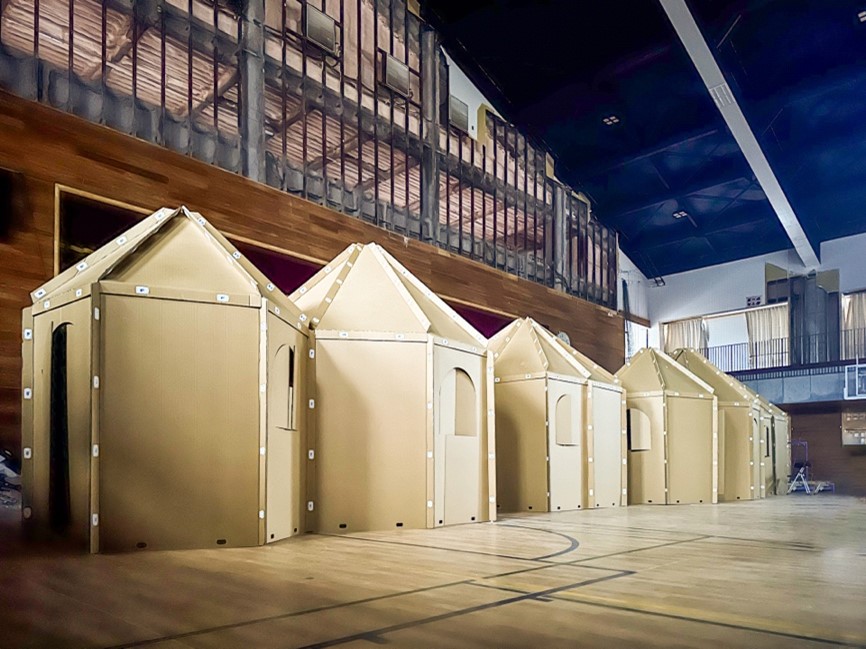
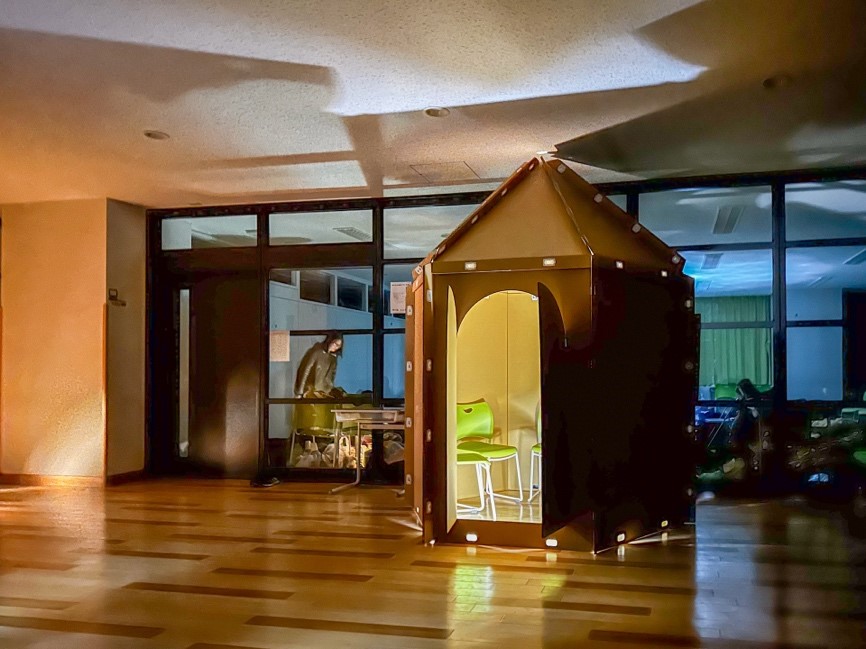
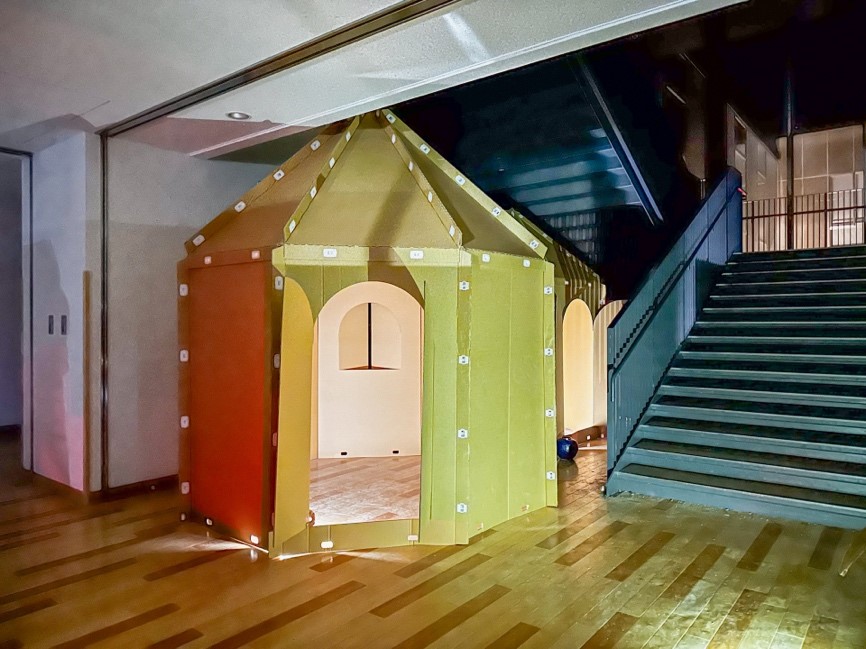
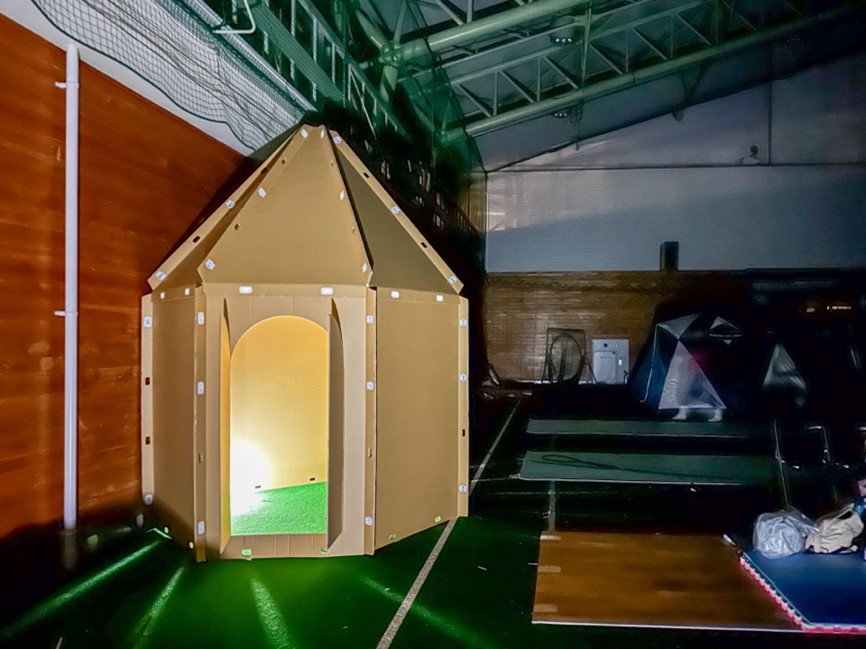
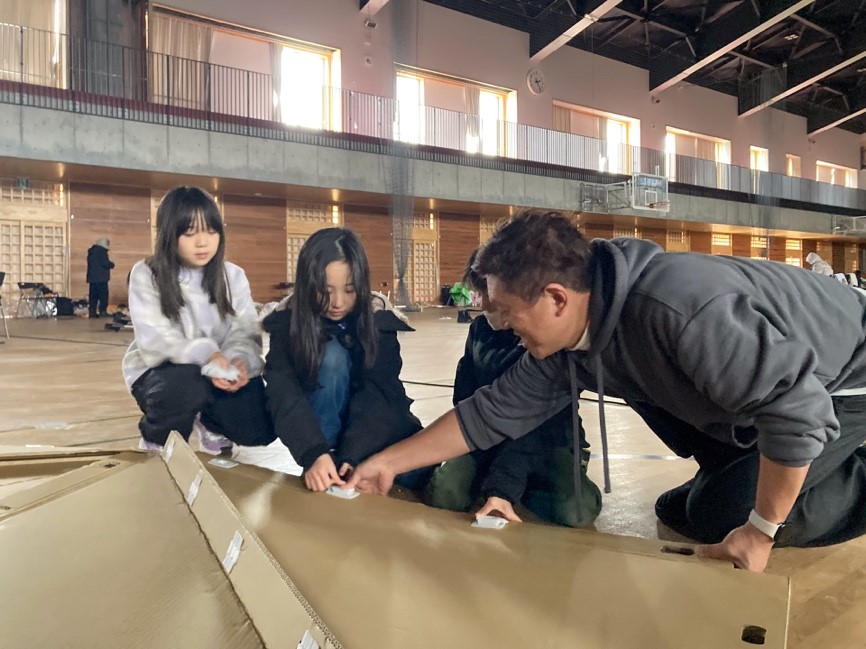
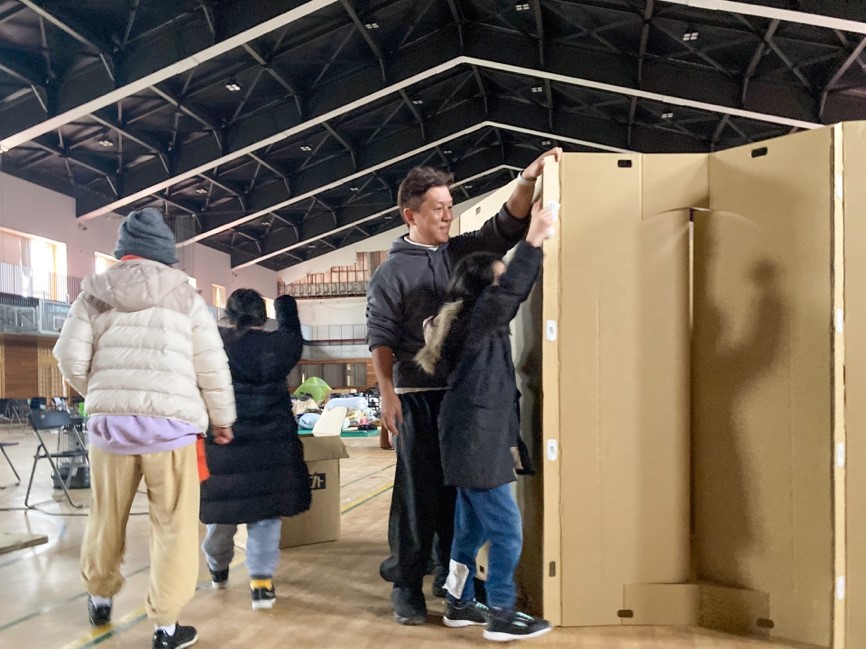
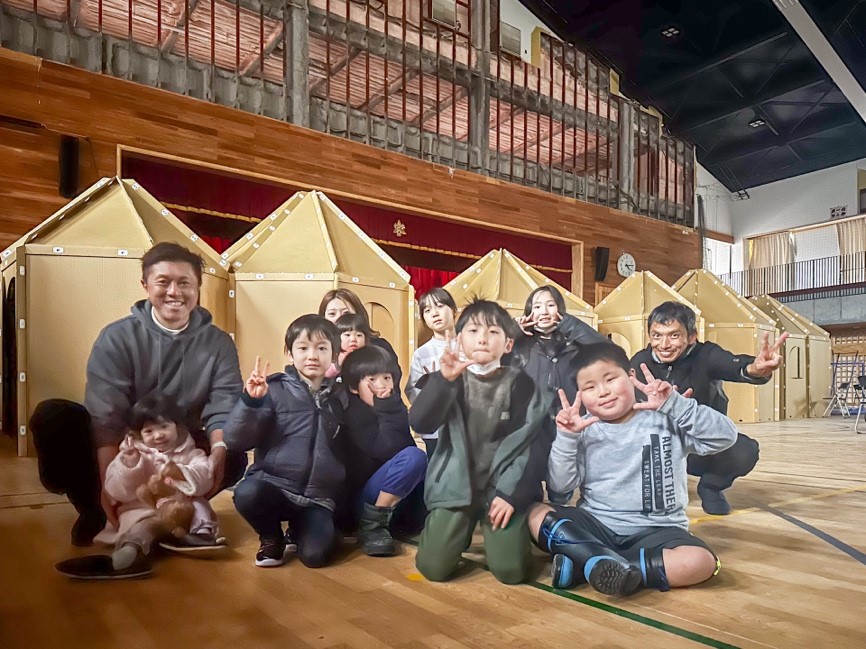
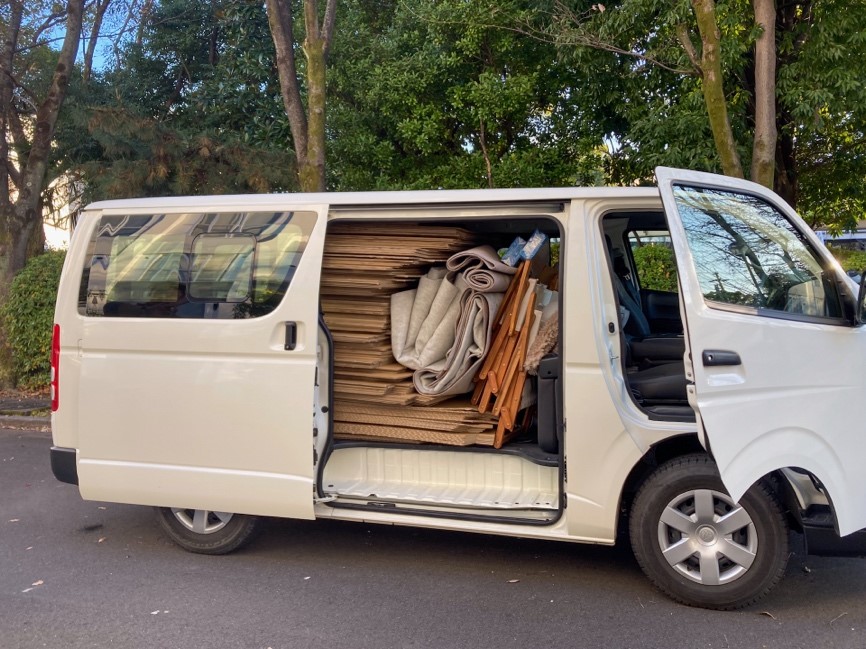
【Instant House】
Making "building" easier and "living" freer The Instant House is a housing unit that can be built in no time by first inflating a film like a balloon, using a blower, and then retaining insulation rich in the amount of air from the inside. Freely selectable shapes, sizes and functions and its small mass enable those with no experience to build the house, which requires only a few hours to build. This structure also has excellent affordability, simplicity, quick constructability, engineering capability, and versatility. Designed with a structure consisting of only film and insulation regardless of the size, the Instant House has excellent thermal and sound insulation as a housing unit and is extremely less susceptible to outside elements, such as temperature, rain, snowfall, earthquakes, and strong winds, creating a style of living that minimizes energy consumption.


Related links
RESEARCH NEWS - Promising Advances in Organosilica Membranes for Separating Organic Liquid Mixtures A visit by the Director and Researchers from the IRCER (Institute of Research for Ceramics) of France CNRS (French National Center for Scientific Research), and Attaché for Science and Project manager from the French Embassy in Japan.

 Japanese
Japanese